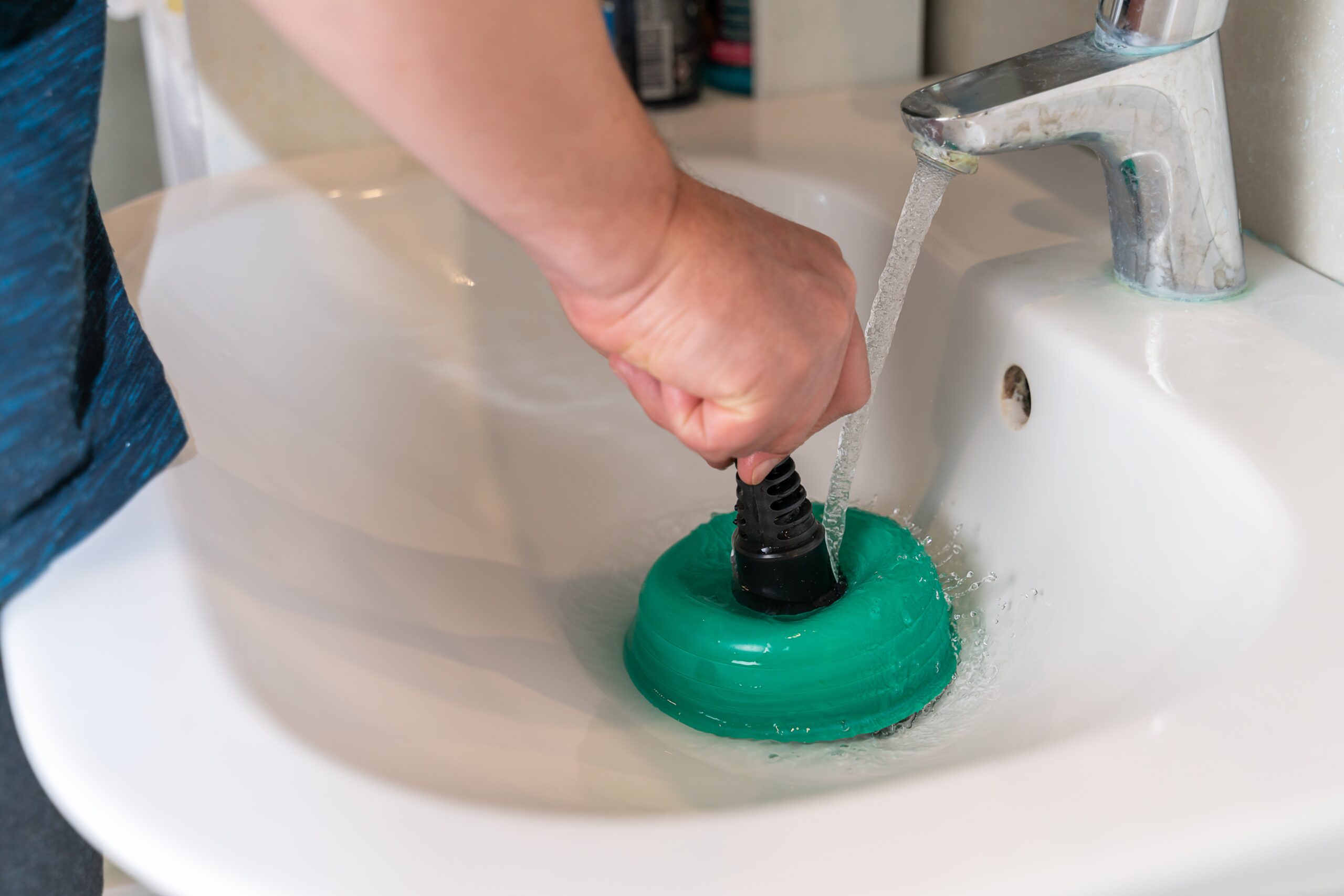This post further down pertaining to How to handle a clogged drain in your home is totally captivating. Don't miss out on it.

Intro
Handling an obstructed drain can be a frustrating experience, interrupting daily tasks and possibly triggering damages to your building. However, prior to reaching out to plumbing specialists, there are actions you can take to deal with the issue on your own. In this overview, we'll explore DIY remedies and preventive measures to take on an obstructed drain efficiently.
Determining the Issue
The initial step in dealing with an obstructed drain is identifying the indicators. Slow-moving water drainage, gurgling noises, foul odors rising from drains pipes, or water backing up are common signs of an obstructed drainpipe. Recognizing these indicators early can assist prevent further problems.
Typical Reasons For Obstructed Drains
Recognizing the factors that contribute to drain pipes obstructions is crucial for effective resolution. Common offenders include hair, soap scum, grease, food particles, and foreign things like sanitary products or paper towels. Tree roots attacking underground pipelines can additionally cause considerable obstructions.
DIY Solutions
For small obstructions, a number of DIY options can be effective. Pouring boiling water down the drainpipe can aid liquify grease and debris. Sodium bicarbonate and vinegar or a mix of salt and cooking soda can function as natural cleansers. Making use of a plunger or plumbing snake to remove blockages is another alternative.
Devices and Devices
Having the right tools on hand can make do it yourself drainpipe cleaning more effective. A bettor is a flexible tool for getting rid of obstructions in sinks, commodes, and showers. A plumbing serpent or auger can get to deeper obstructions, while drainpipe cleansing chemicals can be used meticulously for persistent clogs.
Preventive Measures
To stay clear of future clogs, taking on preventive measures is vital. Install drainpipe guards or filters to catch hair and particles before they enter the pipelines. Frequently flush drains pipes with warm water to dissolve grease buildup, and prevent taking care of grease or strong waste down the drain.
When to Call a Professional
While DIY remedies can resolve minor blockages, certain indicators indicate the requirement for expert assistance. Persistent obstructions, foul odors in spite of cleaning up efforts, or multiple drains backing up all at once are red flags that necessitate expert intervention.
Selecting the Right Pipes Solution
When picking a pipes solution, take into consideration variables such as experience, licensing, and consumer testimonials. Select a credible plumbing professional with a record of top quality workmanship and clear rates methods.
Cost Factors to consider
The expense of professional drain cleaning company can vary relying on the intensity of the blockage and the plumbing technician's rates. Demand quotes from numerous service providers and inquire about any type of added fees to ensure transparency and avoid surprises.
Security Measures
When trying do it yourself drainpipe cleansing, focus on safety and security. Wear protective gloves and eyewear to avoid contact with harmful chemicals or germs. Never ever blend different drain cleansing products, as this can generate dangerous fumes.
Case Researches
Real-life instances illustrate the effectiveness of DIY solutions and the relevance of timely specialist intervention in settling drainpipe blockages.
Verdict
By adhering to the tips described in this guide, you can successfully take on blocked drains pipes and prevent future plumbing issues. Whether opting for do it yourself remedies or looking for specialist support, punctual action is essential to maintaining a healthy plumbing system and preserving the honesty of your home.
WHAT I LEARNED FROM TRYING TO DEAL WITH A CLOGGED DRAIN
We have had our share of seepages and other annoying things that are part of living, especially in an apartment complex. And if there’s one thing that’s terrifying for a homeowner—or even someone in a rented home—it is a clogged drain, indoors or outdoors.
We enjoy our living space, but it’s simply a fact of life that dead skin, soap and a host of other items go down the drain; eventually, the residue builds up and prevents anything from moving. Ugh.
Not Calling A Professional
Of course, it might seem simple to just whip the pipe off under the sink and see if you can unblock it. Unfortunately, what if the blockage isn’t there, or you don’t reconnect it properly? Worse, you might break a piece and have no drainage system. Can you imagine that scene? Yuck!
Not Watching Your Waste
This will sound d’uh, but the best tip I can give you for drain cleaning is to avoid clogging the drain in the first place! You can do this by monitoring what goes down the drain and catching the items which are most likely to give you a problem. Invariably hair, vegetable peels, and large wads of toilet paper are the most obvious culprits. Add a filter—these are available in hardware stores and can be removed and cleaned easily.
Poking The Drain
The first urge with a clogged drain is to poke at it with a stick or anything that resembles a stick. Sadly, this does not result in magically solving the issue. The mental image is, naturally, one of the stick just pushing through the offending item and all is well again. Reality is quite different and unpleasant and likely to lead to further problems.
The thing is, every drain has a series of bends that are not visible to us. Drains are built this way to prevent gases from entering the house. What happens when you poke a stick into the drain? Of course, it can’t bend around the corner. The more adventurous people will use force and end up wedging the stick or causing it to break off in the pipe—creating an even bigger issue. Worst thing? The stick will shift the block further down the pipe, creating the space for more to collect. Go ahead! Roll your eyes!
Using The Wrong Plunger
You know what they say: the right tool for the right job! Did you know there are different types of plungers besides the basic one we keep at home for an emergency? Yes, there are. For example, the toilet plunger has a bell-shaped bottom while the sink plunger is flat. This is an important difference and using the wrong plunger will be useless. There’s also a knack in using plungers—they must be placed in such a way that they create an airtight seal and then, moved slowly up and down—not as fast as we imagine.
https://vidyasury.com/2018/01/learned-trying-deal-clogged-drain.html

As a devoted person who reads on , I figured sharing that short article was beneficial. Those who liked our article kindly make sure you remember to pass it around. Thank you so much for your time invested reading it.
Additional Resources